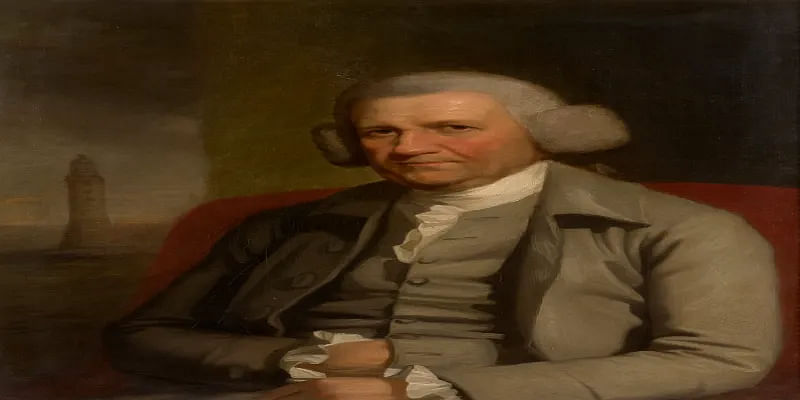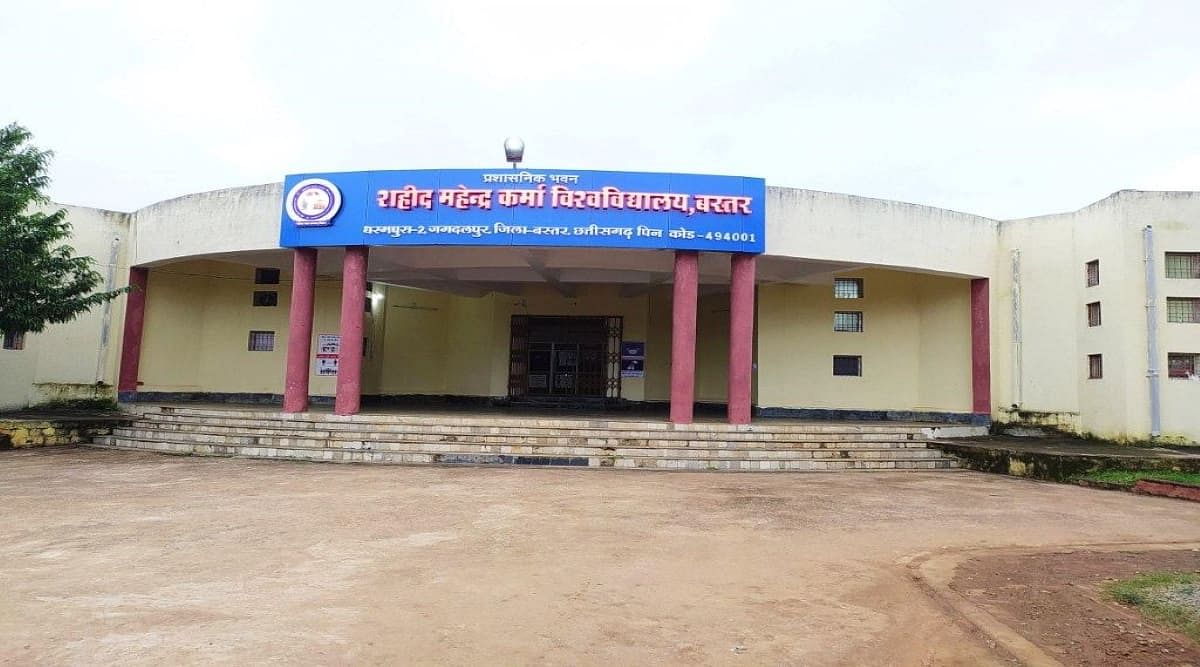John Smeaton is known as the Father of civil engineering due to his remarkable designs of bridges, canals, harbours, mills, towers, buildings and light-houses.
Table of Contents
Father of civil engineering, John Smeaton, was born on June 8, 1724, in Leeds, England, to Willam Smeaton and Mary Jones. He was a self-proclaimed civil engineer and contributed majorly to civil engineering. He also pioneered hydraulic lime usage in concrete while using pebbles and brick as aggregate in the 18th century.
Father of Civil Engineering
John Smeaton, popular as the Father of Civil Engineering, was an Englishman who laid the footing for civil engineers with his ingenious works. Apart from his mastery in Civil engineering, he was a mechanical engineer and an outstanding physicist as well. He founded Portland cement, where he insisted on using hydraulic lime in concrete, using pebbles and powdered brick as aggregate.
Father of Civil Engineering had constructed some of the remarkable buildings and infrastructure. Candidates can go through the table below to know in gist about his life.
|
Particulars |
Highlights |
|---|---|
|
Birth |
8 June 1724 |
|
Death |
28 October 1792 |
|
Significant Contributions |
Eddystone Lighthouse, Smeaton’s Lighthouse, Portland Cement, Forth & Clyde Canal at Scotland, Ramsgate harbour, Perth Bridge, Banff harbour, Aberdeen bridge etc |
|
Field of Study |
Civil Engineering & Mechanical Engineering |
|
Titles |
Father of Civil Engineering |
Also Read: Who is the Father of Chemistry?
Biography of the Father of Civil Engineering
Father of Chemistry, John Smeaton, was the eldest of three kids of Willam Smeaton and Mary Jones. He married Ann Jenkinson, also from York, on June 7 1756, in London at St George’s Hanover Square. Apart from his expertise in Civil engineering, he was also a mechanical engineer and a prominent physicist. He discovered Portland cement, which later became one of the most used methods in construction.
Smeaton also played a significant role in the conversion of wind and water power to steam. Father of Civil Engineering also obtained the Royal Society’s Copley Medal for “An Experimental Enquiry Concerning the Natural Powers of Water and Wind to Turn Mills (1759)”. In his later life, he was also a member of the Royal Society and was associated with the Lunar Society.
Also Read: Who is the Father of Accounting?
Educational Background of the Father of Civil Engineering
John Smeaton, the Father of civil engineering, was the first man to call himself a civil engineer. He designed the famous Eddystone LightHouse. Below given is a brief regarding the Father of civil engineering's education.
- Father of civil engineering studied at Leeds Grammar School between the ages of 10 and 16 years.
- In two years, the Father of civil engineering built a lathe (a machine for shaping materials such as wood or metal) and melted metal & forged iron in his home workshop.
- Upon reaching the age of 18, the Father of civil engineering sent him to London to study law at Gray's Inn.
- Father of civil engineering returned home in 1744 summers and became a scientific instrument maker in Austhorpe, Yorkshire.
Also Read: Who is the Father of Mathematics?
Contributions of the Father of Civil Engineering
Father of Civil Engineering has made one of the most significant contributions to the engineering field. Students can go through his works stated below.
- John Smeaton hosted a shop in Great Turnstile in London with a little learning of science and tool-making in 1748.
- Father of civil engineering made the mariner’s compass jointly with Dr. Gowin Knight in 1750. The compass became very famous.
- The Father of civil engineering gave jobs to artisans under his supervision in his Furnival Inn Court shop in 1751.
- He executed some experiments related to the power of windmills and water wheels that proved his knowledge of science and engineering in 1752.
- In 1754, the Father of civil engineering visited the low countries and explored canal harbours, etc. It was one of the remarkable turning points in his career.
- The Father of civil engineering built his best-known achievement, the Eddystone lighthouse from 1756-1759, which was praised worldwide.
- Father of civil engineering, major construction creations include the Aberdeen Bridge, Coldstream Bridge, Ripon Canal, and the Clyde Canal.
- Father of civil engineering also constructed the first 5-smock chimney mill in Newcastle, Britain. Besides, he developed the technique of utilising hydraulic lime in the footing of bridges.
- Father of Civil Engineering demonstrated his mechanical engineering skills and invented a water-pressure engine that pumped water, which was later substituted by James Watt’s steam engine in 1760.
- The Father of civil engineering contributed to constructing 43 mills, including his most noteworthy one at Carron Company Ironworks in 1769, apart from his famous works.
- In 1782, the Father of civil engineering built the first 5-sailed smock mill in Britain.
Also Read: Who is the Father of Biology?
Recognition and Awards of Father of Civil Engineering
John Smeaton, Father of Civil Engineering, spent his life working behind one of the most well-known engineering projects, bridges, steam engine facilities, power stations, mill structures, etc, in England in the 18th century. The recognition and awards received by the Father of civil engineering are mentioned below.
- John Smeaton was called the Father of Civil Engineering for his contribution and remarkable inventions in the 18th-century era in England.
- In 1753, the Father of civil engineering was made a fellow of the Royal Society of London for contributions in constructing precise instruments.
- The Father of civil engineering was honoured with the Copley Award in 1759 for his impressive research in the mechanics of waterwheels and windmills in that era.
- The Society of Civil Engineers, founded by the Father of Civil Engineering, was renamed in his memory in 1834 as the Smeatonian Society of Civil Engineers.























POST YOUR COMMENT